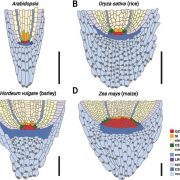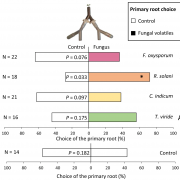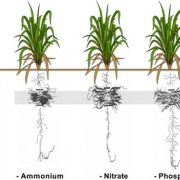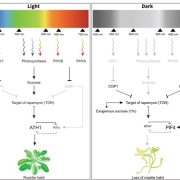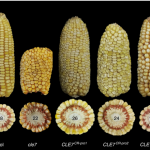Molecular mechanism of cytokinin-activated cell division in Arabidopsis (Science)
Proper organogenesis depends on the precise control of cell proliferation and differentiation. 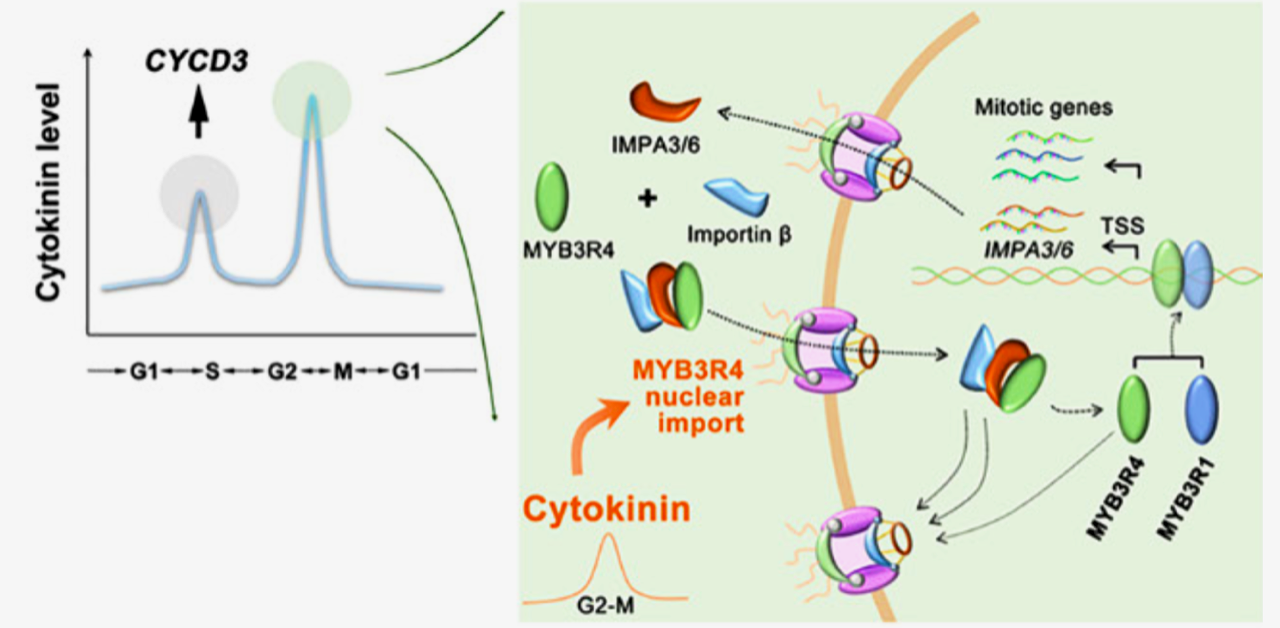 Cytokinin and auxin have emerged as key regulators of both these processes, where cytokinin promotes proliferation and synergistically with auxin fine-tunes the proliferation and differentiation rate. Years of research and evidence have implicated cytokinin as a central regulator of stem cell proliferation in the Arabidopsis shoot apical meristem (SAM). Although the precise molecular mechanisms underlying proliferation and cytokinin signaling have been well studied, how cytokinin promotes mitotic cell division is obscure. A recent paper by Yang and colleagues identified the MYB family transcription factor MYB3R4 as a key player controlling cytokinin-induced mitotic cell division. The authors propose a mechanism in which high cytokinin levels at the G2/M transition promote the rapid translocation of MYB3R4 from the cytoplasm to the nucleus, where MYB3R4 in cooperation with MYB3R1 activates a mitotic gene expression cascade to drive cell division and cytokinesis. This gene expression cascade is reinforced by a feedforward loop involving two direct targets of MYB3R4/MYB3R1, importins IMPA3 and IMPA6, which facilitates faster and stronger MYB3R4 nuclear trafficking. Furthermore, the authors highlight the importance of MYB3R4 nuclear localization as evidenced by the fact that a constitutively nuclear localized form of MYB3R4 can partially phenocopy cytokinin action. This work coupled with previous research into cytokinin-induced cell division provides a mechanistic understanding of how different levels of cytokinin throughout the cell cycle modulate cell division and thus precise control of stem cell number in the SAM. (Summary by Jesus Leon @jesussaur) Science 10.1126/science.abe2305
Cytokinin and auxin have emerged as key regulators of both these processes, where cytokinin promotes proliferation and synergistically with auxin fine-tunes the proliferation and differentiation rate. Years of research and evidence have implicated cytokinin as a central regulator of stem cell proliferation in the Arabidopsis shoot apical meristem (SAM). Although the precise molecular mechanisms underlying proliferation and cytokinin signaling have been well studied, how cytokinin promotes mitotic cell division is obscure. A recent paper by Yang and colleagues identified the MYB family transcription factor MYB3R4 as a key player controlling cytokinin-induced mitotic cell division. The authors propose a mechanism in which high cytokinin levels at the G2/M transition promote the rapid translocation of MYB3R4 from the cytoplasm to the nucleus, where MYB3R4 in cooperation with MYB3R1 activates a mitotic gene expression cascade to drive cell division and cytokinesis. This gene expression cascade is reinforced by a feedforward loop involving two direct targets of MYB3R4/MYB3R1, importins IMPA3 and IMPA6, which facilitates faster and stronger MYB3R4 nuclear trafficking. Furthermore, the authors highlight the importance of MYB3R4 nuclear localization as evidenced by the fact that a constitutively nuclear localized form of MYB3R4 can partially phenocopy cytokinin action. This work coupled with previous research into cytokinin-induced cell division provides a mechanistic understanding of how different levels of cytokinin throughout the cell cycle modulate cell division and thus precise control of stem cell number in the SAM. (Summary by Jesus Leon @jesussaur) Science 10.1126/science.abe2305


